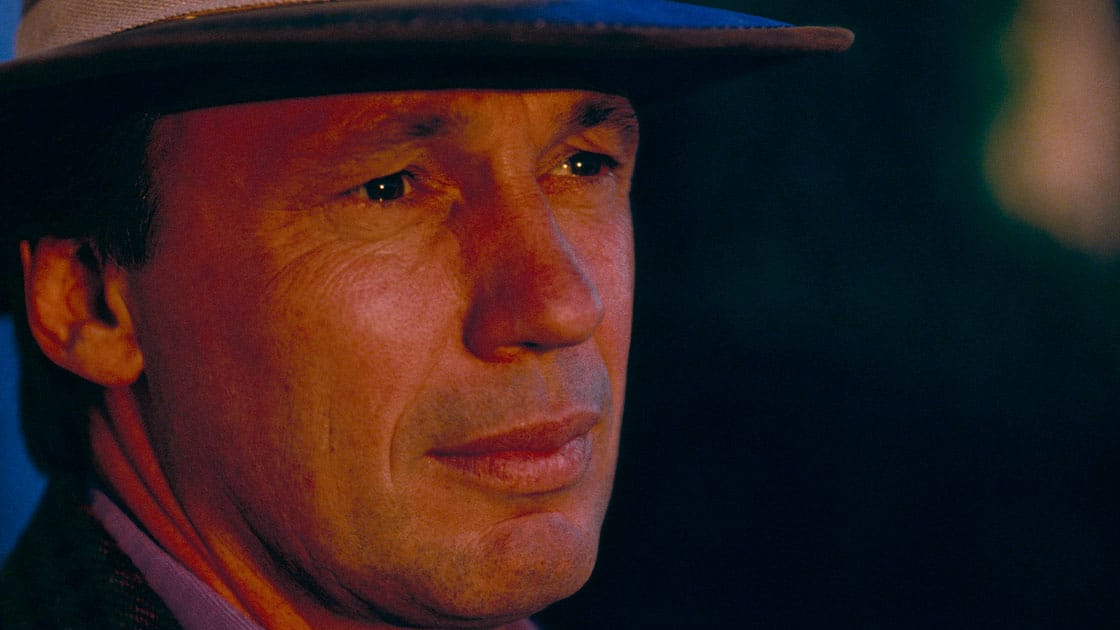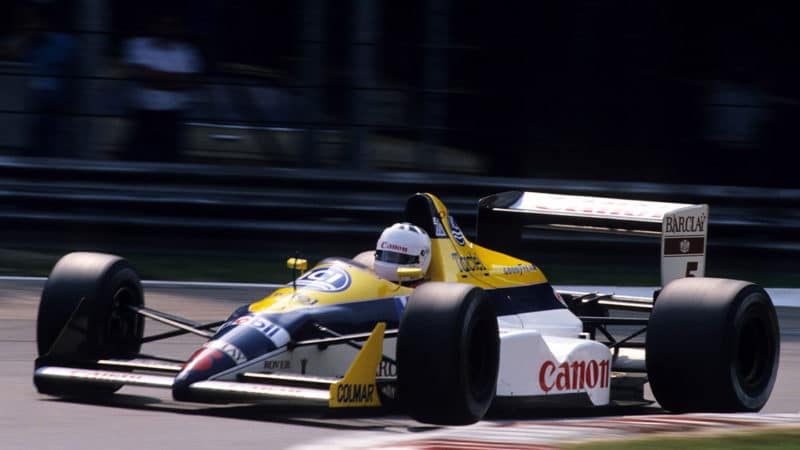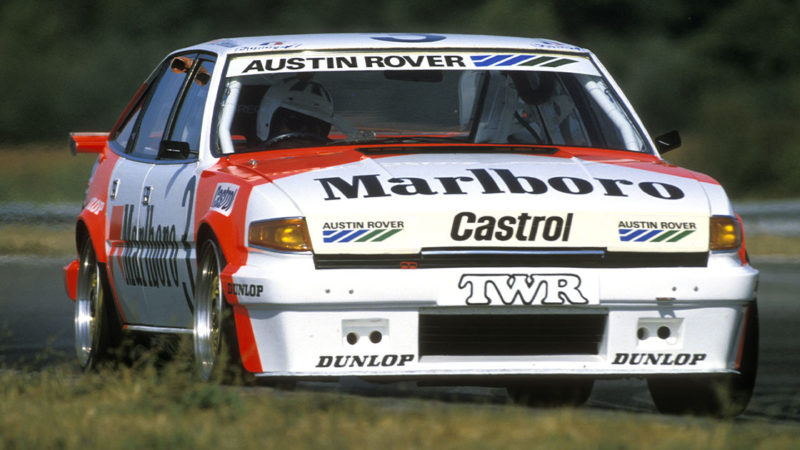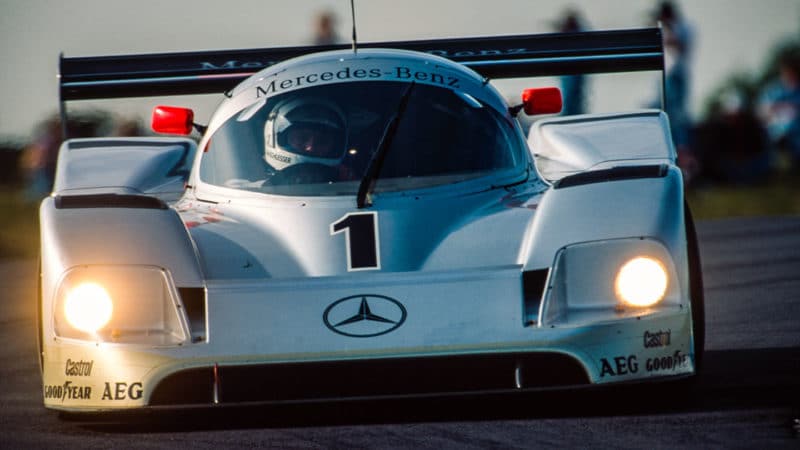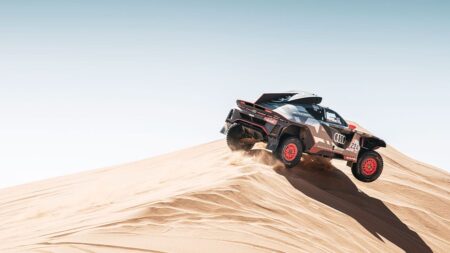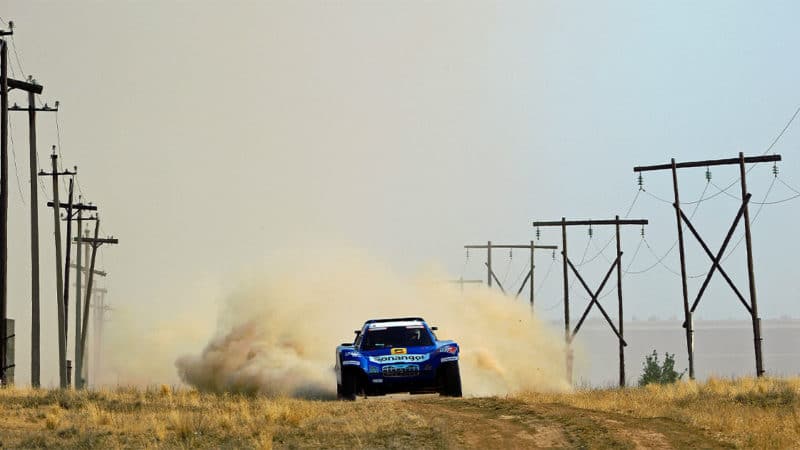Jean-Louis’ career in motorsport is a story of true skill and determination against that most fearsome of drawbacks: a lack of money. He was born in Nancy in 1948 and the family moved to Morocco, where his father worked as an agricultural engineer. At the age of 15, Jean-Louis returned to France to study and then undertake his military service. He trained as an engineer specialising in metallurgy, alloys and welding, but his weekends started to be taken up by bicycle racing, and then motorbikes.
A formative influence was his uncle Jo Schlesser, whose CV included a wide spectrum of motorsport from rallying to single-seaters. Jo’s fiery death in an F1 Honda at Rouen in 1968 did not deter Jean-Louis from pursuing the same interests, though it is a subject that does not come up in conversation.
Jean-Louis entered for the Volant Shell, a talent competition held annually at Le Mans, and came second. He wanted to go into Formula Renault but the funds needed were beyond his means, so he raced whenever he could borrow a car and got work testing cars for Modus and Van Diemen. Many a damp day in the 1970s was spent circulating Snetterton or Croix-en-Ternois.
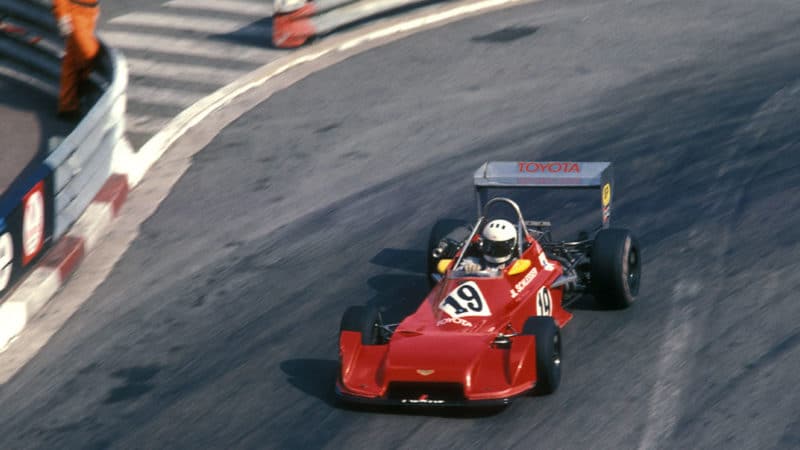
Schlesser tied Prost for ’78 French F3 title
DPPI
His first serious drive was in a Toyota-powered Chevron B38 Formula Three car. The chassis was owned by German firm KWS, for which he had been driving a Ford Escort in races and rallies. The engine belonged to Didier Pironi and it needed a rebuild. So Jean-Louis drove to Novaro, where some gentle persuasion convinced Novamotor’s Pedrazzani brothers to do the work as a favour. All were rewarded for their efforts when Jean-Louis put the car on pole for the French F3 round at Paul Ricard, and led the race until a gear linkage problem intervened. At Croix, he was again on pole, but was beaten to the flag by Anders Olofsson.
Eventually some regular support was forthcoming and, in 1978, he did a complete season of F3 in France, tying with Alain Prost for the national championship. At the same time Jean-Louis was driving a KWS Escort in the French production series. It was not a winning car, but KWS was sufficiently impressed to suggest that Schlesser do the Rallye des Cevennes in its rally Escort RS. He took Bernard Giroux as co-driver, and they were giving a fair account of themselves when Jean-Louis found himself on ice: “We were climbing this mountain when the road went round the north side of it. There must have been half a dozen cars in the wall. We slid around for another seven kilometres and then I rolled it.”
